As cannabis becomes increasingly mainstream, one demographic is quietly but significantly driving the trend: seniors. A new study published in JAMA Internal Medicine found that cannabis use among adults aged 65 and older has surged in recent years, revealing both shifting attitudes and emerging wellness strategies among older Americans.
This trend marks a profound cultural pivot—one that disrupts outdated stereotypes about cannabis consumers and raises important questions about healthcare, policy, and the future of aging in America.
Cannabis Use Among Seniors Has Tripled in the Last Decade
According to the research led by Dr. Benjamin Han of UC San Diego and NYU, data from the 2015-2019 National Survey on Drug Use and Health (NSDUH) reveals a dramatic increase in cannabis use among seniors. In fact, the percentage of adults 65 and older who reported using cannabis in the past month more than tripled from just 0.4% in 2006 to 1.4% in 2014—and it’s continued to grow since.
While the absolute numbers may appear small, they represent millions of older adults exploring cannabis as a tool for pain relief, sleep support, anxiety management, and other age-related health conditions.
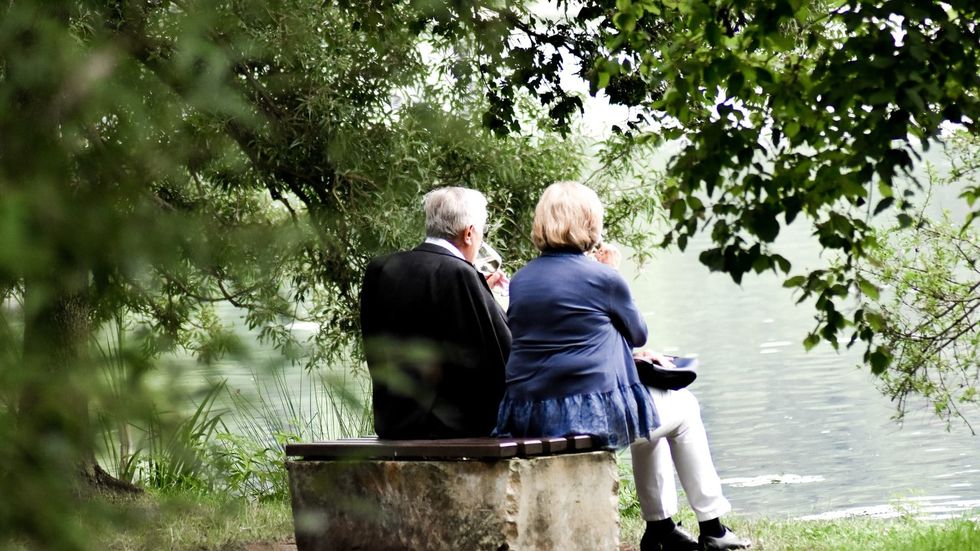
Why Are More Seniors Using Cannabis?
There’s no single reason seniors are turning to cannabis—it’s a convergence of cultural, medical, and generational factors:
- Chronic Pain and Insomnia: Many older adults suffer from conditions like arthritis, neuropathy, or insomnia. Prescription medications, especially opioids or sedatives, carry high risks of dependency and dangerous side effects. Cannabis offers a potentially safer, plant-based alternative.
- Reduced Stigma: Seniors today were young adults during the 1960s and ‘70s—a time when cannabis was both vilified and romanticized. As public opinion has softened and more states have legalized its use, older adults are feeling more comfortable experimenting or returning to it.
- Wellness-Oriented Mindset: The rise of CBD, functional wellness, and alternative medicine has introduced cannabis to health-conscious seniors who might never have considered it otherwise.
- Medical Guidance (Or Lack Thereof): Many older users are self-medicating without a physician's input, often due to a lack of formal guidance from the medical establishment. This gap underscores the need for education and communication between healthcare providers and older patients.
A Closer Look at the Study’s Findings
The JAMA study offers nuanced insights into who among older adults is more likely to use cannabis:
- Men used cannabis more frequently than women.
- Higher rates were observed among those married or living with a partner.
- Cannabis use was more common in those with higher education levels and income brackets.
- Non-Hispanic white and non-Hispanic Black adults reported higher use than other racial/ethnic groups.
- Those reporting poor or fair health were more likely to use cannabis than those in excellent health.
These patterns challenge simplistic assumptions and suggest that cannabis is being used across a broad cross-section of the senior population for both medical and recreational purposes.
Health Risks and Considerations for Older Cannabis Users
While cannabis may offer meaningful relief for some conditions, it’s not without potential downsides—especially for older adults:
- Drug Interactions: Seniors are often on multiple medications. Cannabis can interact with blood thinners, heart medications, and sedatives, increasing the risk of adverse effects.
- Cognitive Effects: THC, the psychoactive component in cannabis, can impair short-term memory and coordination. For older adults, this can increase the risk of falls or confusion.
- Inconsistent Dosing and Labeling: Not all cannabis products are created equal. Without standardized dosing or consistent labeling, seniors may consume more THC than intended.
Despite these risks, the study emphasizes that many seniors are turning to cannabis for legitimate health reasons and that more clinical research is needed to fully understand its benefits and drawbacks in older populations.
What This Means for Healthcare and Policy
As cannabis use rises among seniors, the medical system must catch up. Doctors, nurses, and caregivers need training on how to talk to older patients about cannabis use—including safe consumption methods, drug interactions, and harm reduction practices.
At the policy level, this shift also calls for:
- Expanded medical cannabis programs that include geriatric-specific formulations and access protocols.
- Insurance reform to cover cannabis consultations and approved treatments.
- Ongoing research to guide evidence-based recommendations for cannabis in older populations.
The Takeaway: Aging with Agency and Options
The rise in cannabis use among older Americans is more than just a trend—it’s a statement. Seniors are reclaiming control over their health and wellness, turning to cannabis not out of rebellion but as a thoughtful choice rooted in relief, empowerment, and quality of life.
It’s time for the healthcare industry, cannabis operators, and policymakers to recognize that aging populations are not just willing to explore cannabis—they’re demanding it.


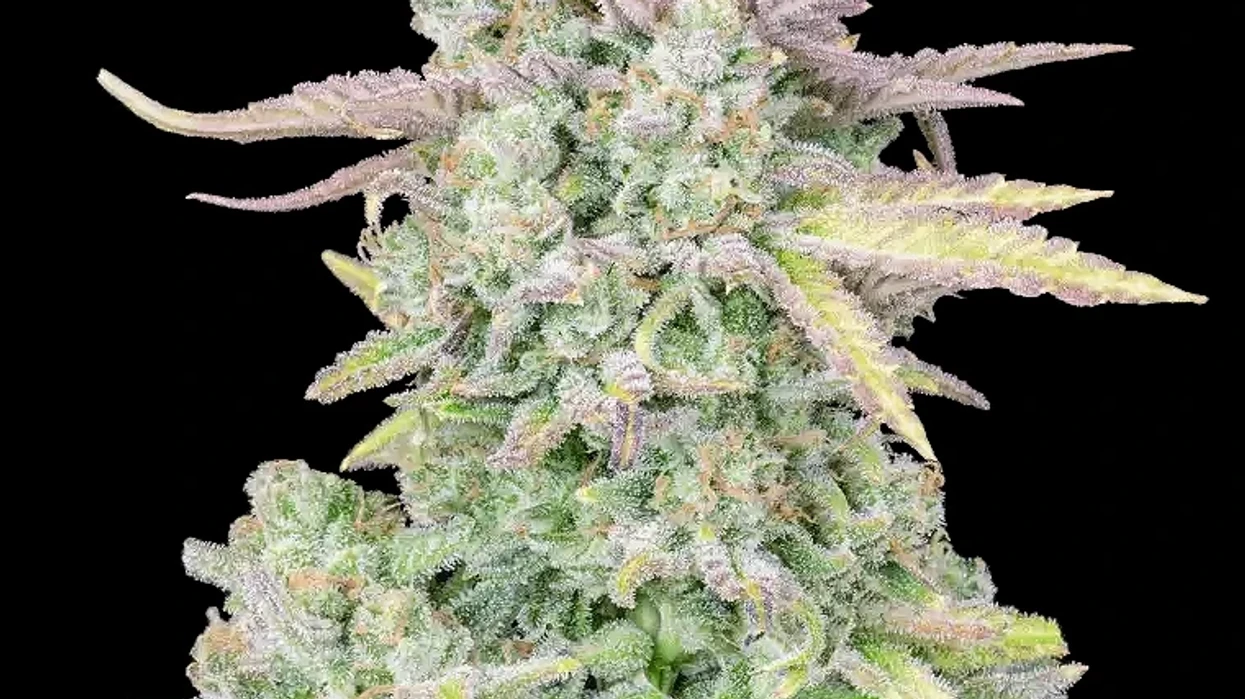

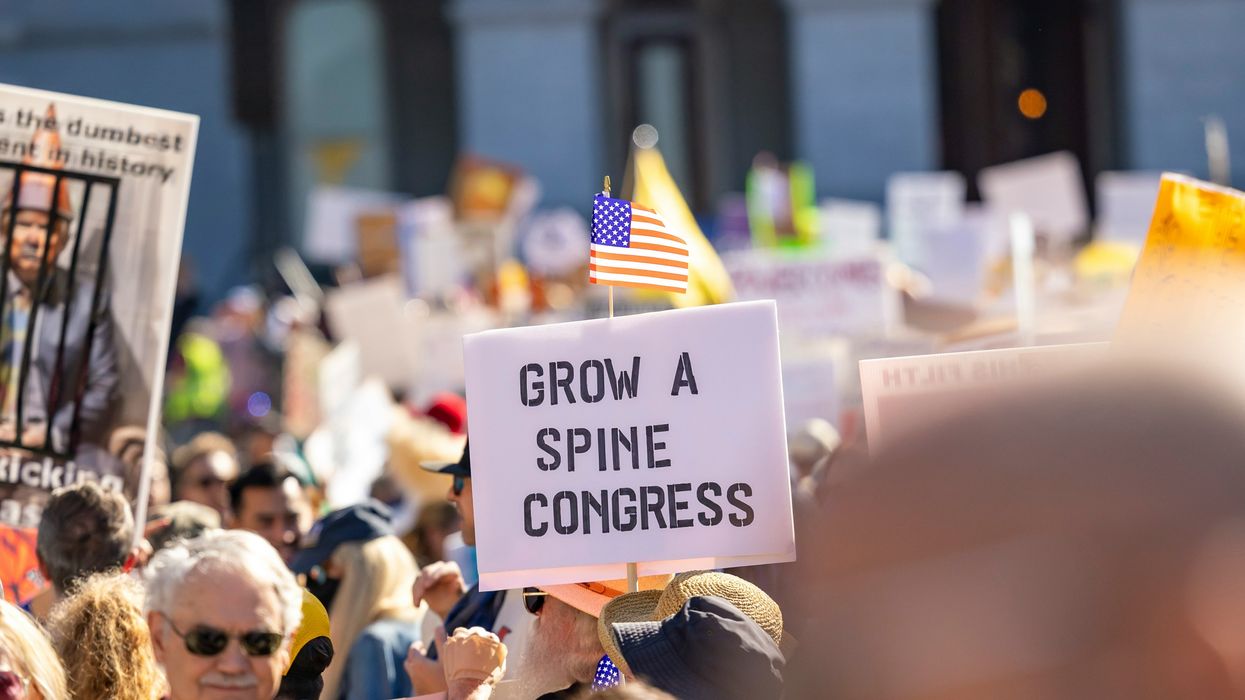
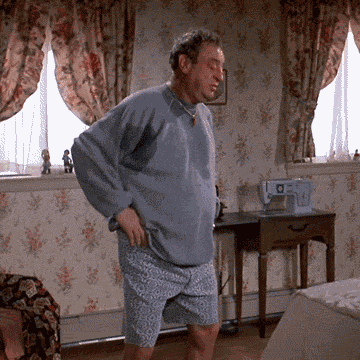

 The Truth About THC Candle: Cannabis Candles & How to Make Your Own - The Bluntness
Photo by
The Truth About THC Candle: Cannabis Candles & How to Make Your Own - The Bluntness
Photo by 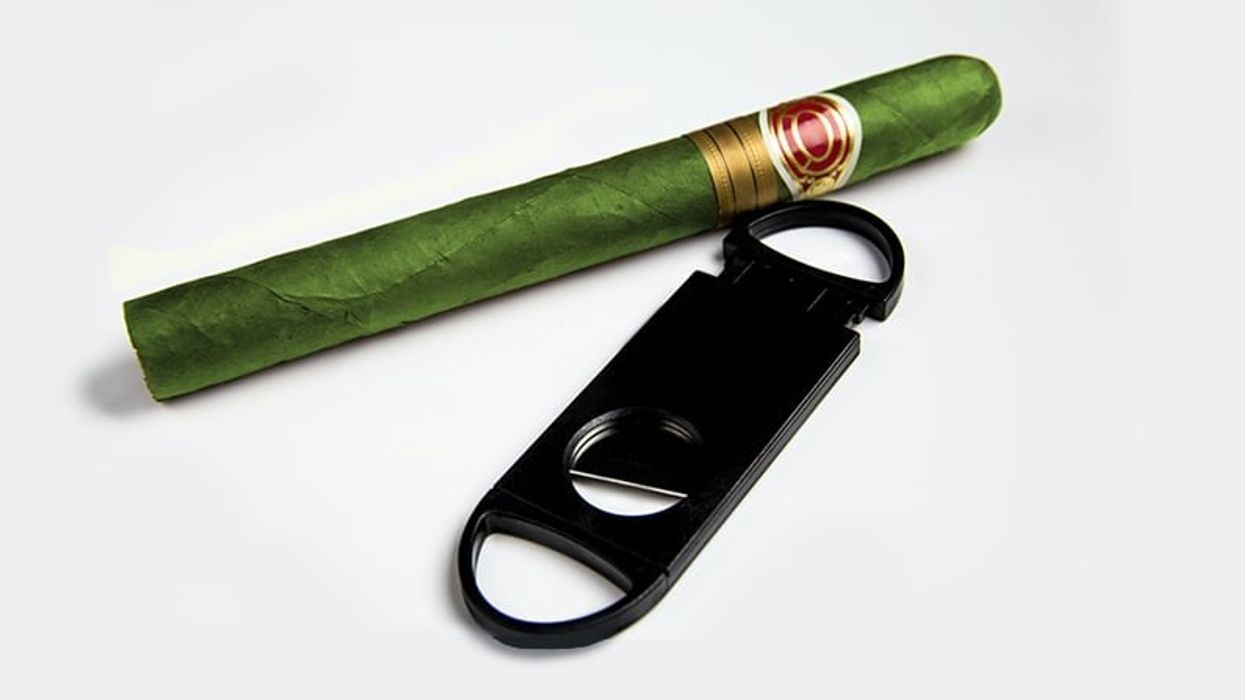

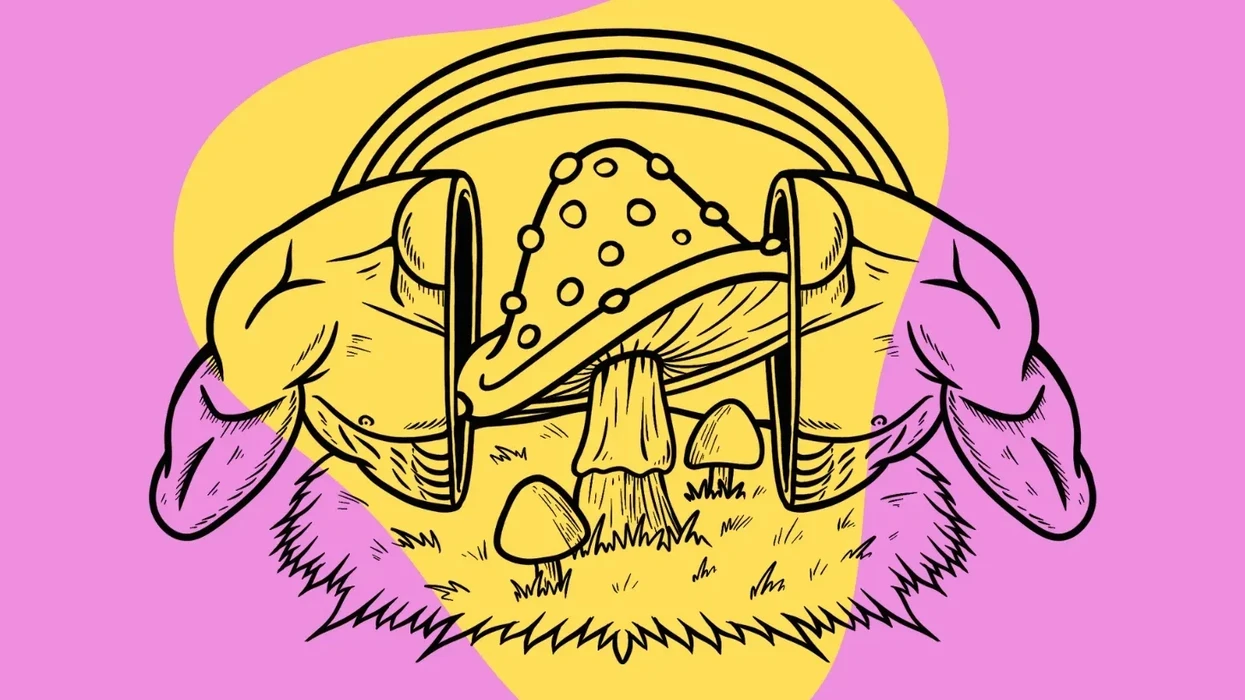

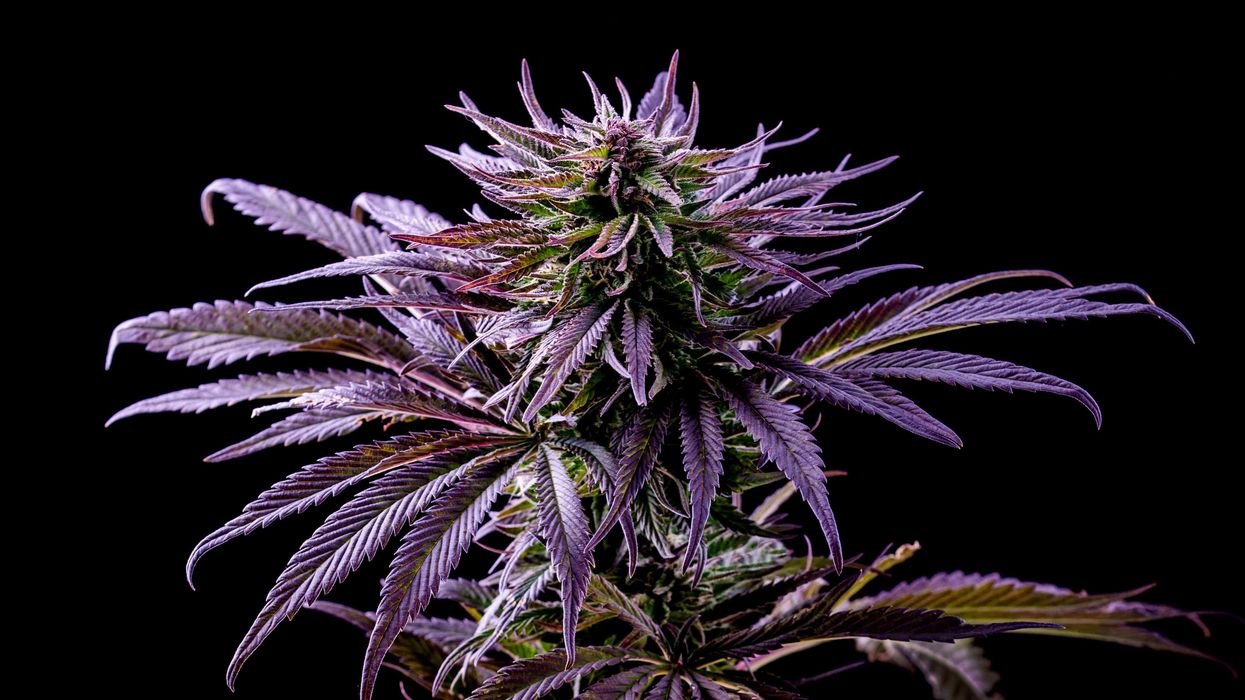


 Recognizing the Signs of Antisocial Behaviors - The Bluntness
Photo by
Recognizing the Signs of Antisocial Behaviors - The Bluntness
Photo by  Weed Makes Me Antisocial: What To Do - The Bluntness
Photo by
Weed Makes Me Antisocial: What To Do - The Bluntness
Photo by 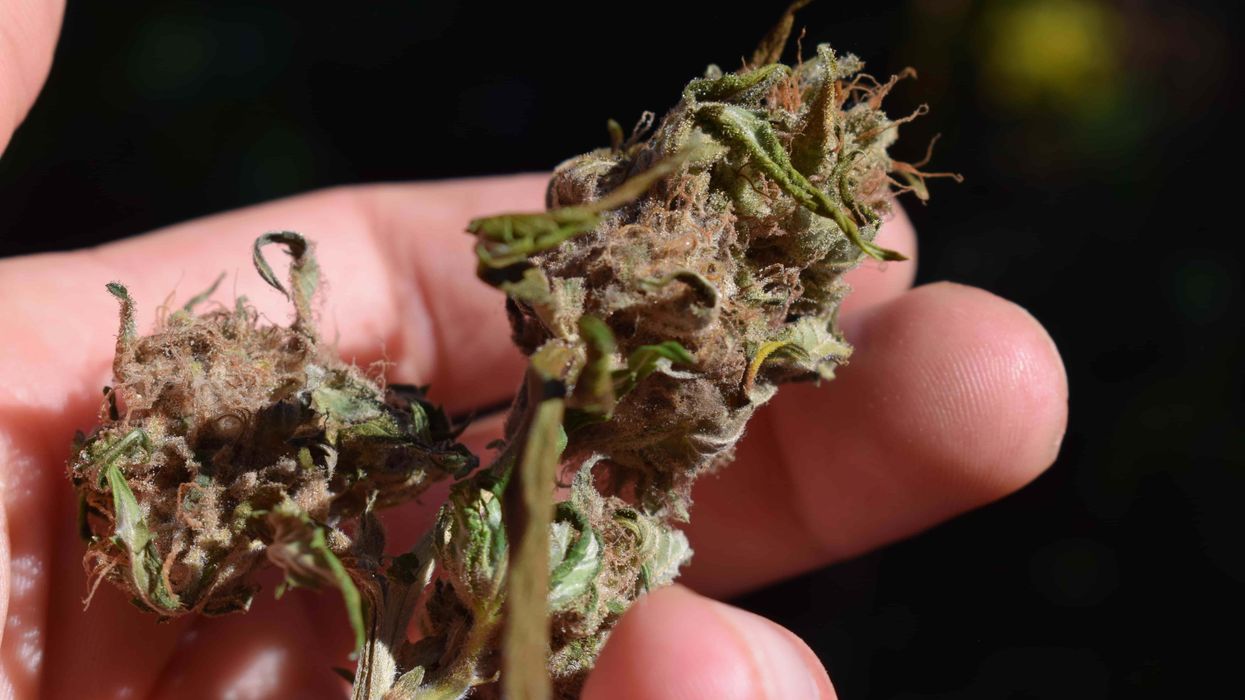
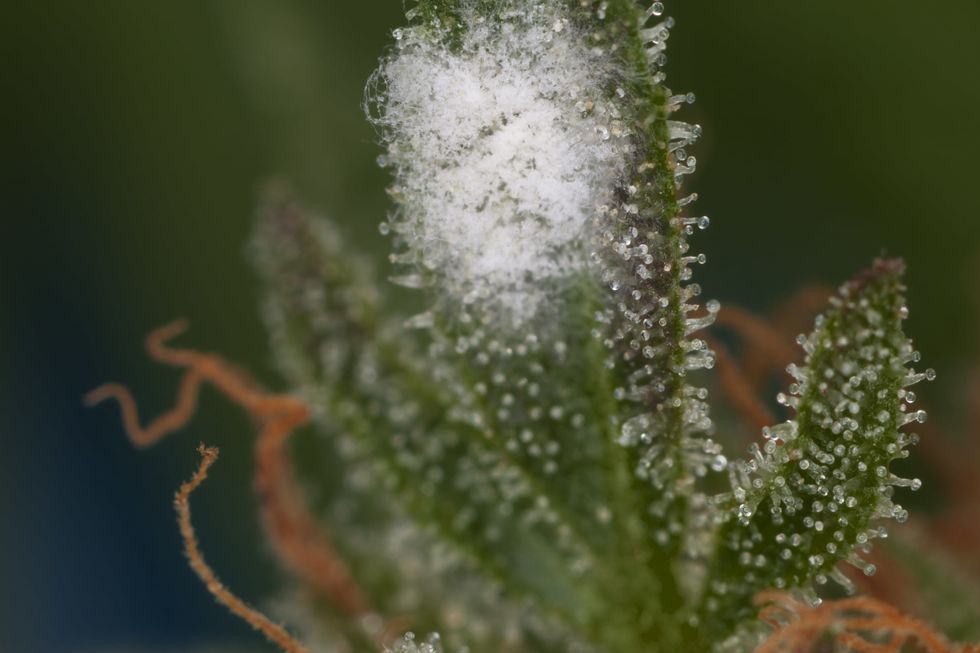 A good picture showing white mold next to cannabis trichomes.
A good picture showing white mold next to cannabis trichomes.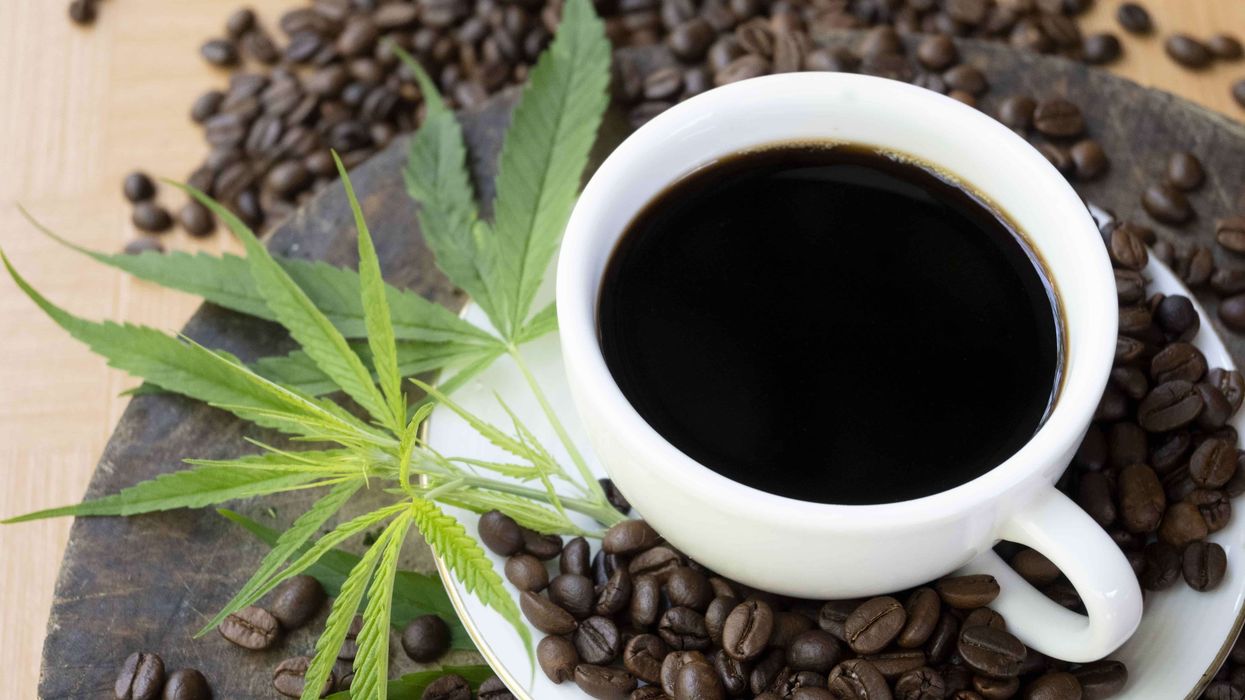
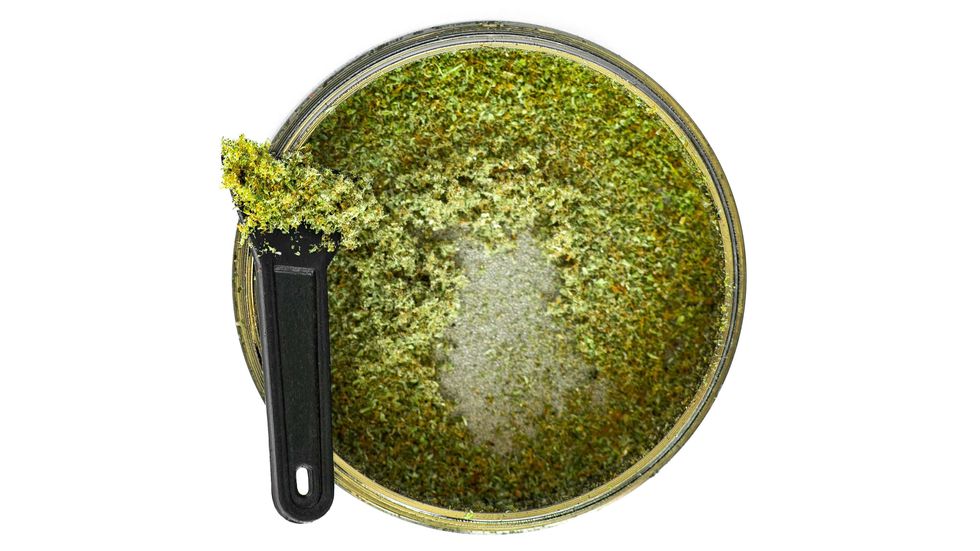 What will you do with that cannabis kief collection? - Make Coffee! The Bluntness
What will you do with that cannabis kief collection? - Make Coffee! The Bluntness DIY: How to Make Kief Coffee - The Bluntness
Photo by
DIY: How to Make Kief Coffee - The Bluntness
Photo by 
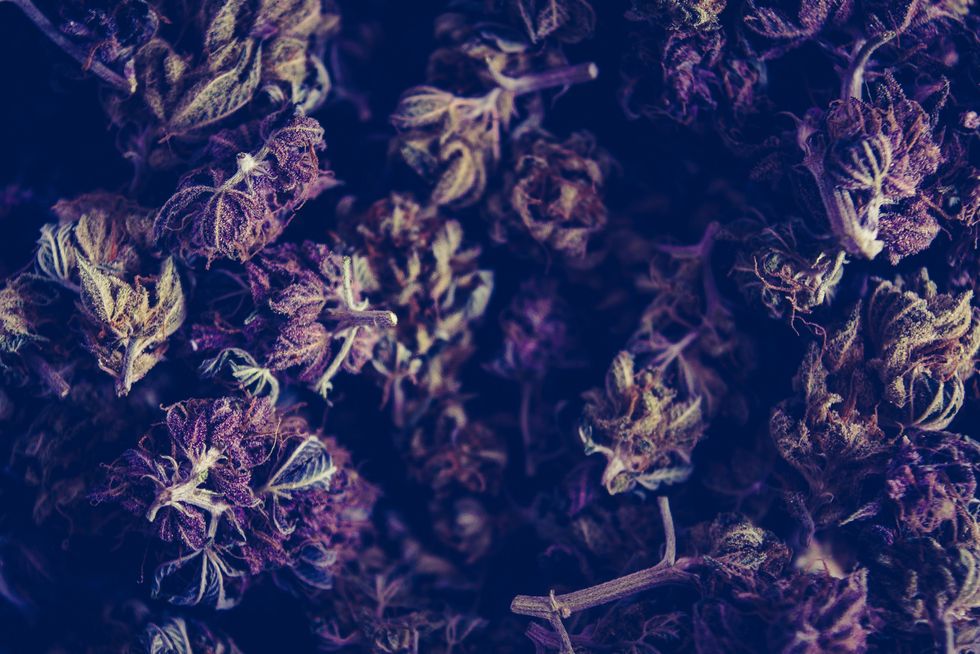 What is reggie weed? - The Bluntness
Photo by
What is reggie weed? - The Bluntness
Photo by